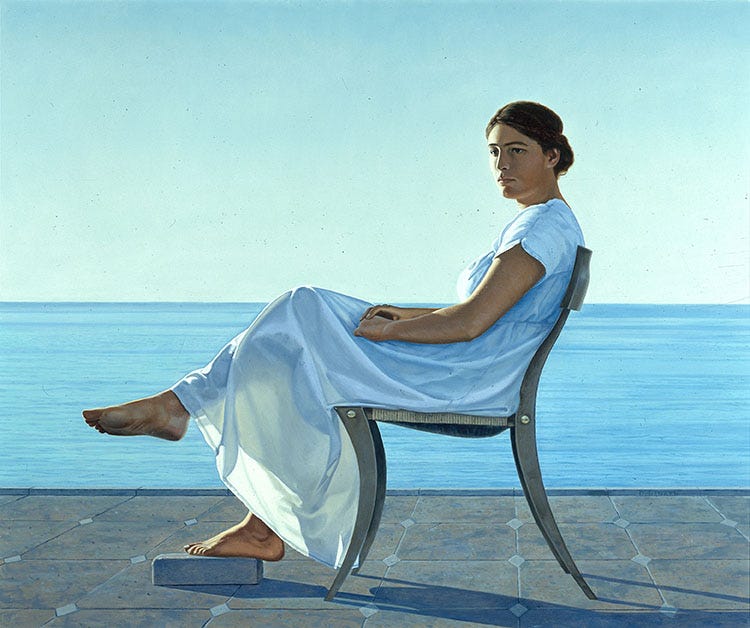Reading, Watching, Listening | March, 2025
We are in a bit of an intermission here on Commonplace Philosophy, as we’re in-between read-alongs. We have finished The Dispossessed (a real hit with some of you!), and soon we’ll read Plato’s Republic, but we have two weeks before we begin.
You might want to start early, so consult the schedule in the post below:
Getting Ready for Plato's Republic
At the end of this month, we’re going to read Plato’s Republic together. The Republic is traditionally divided into ten books, which gives us a helpful division for working through the text together.
So today, I’ll share some books, videos, music, and more that I’ve been enjoying. You should share what you’ve been reading, listening to, or viewing with me down in the comments as well. And at the end of today’s post, I’ll share an update on my book.
If you are looking to read some Ursula K. Le Guin, you’ll likely be recommended one of three books: The Left Hand of Darkness, The Dispossessed, or The Lathe of Heaven. If the person you are speaking with likes fantasy novels, they might recommend A Wizard of Earthsea.
All those books are great. But we should read the lesser-known works as well. You should read Always Coming Home. Drawing on her experience as the son of Alfred Kroeber, I’m sure, it is a work of fictional anthropology in post-apocalyptic Northern California.
If you enjoyed our read-along of The Dispossessed, maybe this should be your next read.
David Ligare calls himself a post-modern, neo-classical American artist. His paintings are almost photorealistic, but they go beyond the real and venture into the surreal.
While originally from the Midwest, he’s lived in California since the 1950s. I think it shows. Something about his colors strongly evokes the West Coast. The cool, California mood with a sense of classical composition and (often) quite ordinary subjects creates a rather strange viewing experience.
In addition to admiring his paintings, I suggest you read his writings on his website. There you can see the thought behind these paintings. Ligare is not rejecting conceptual art, but instead incorporating insights from non-representational movements into his own realist, classical compositions.
“A serious issue is creating a culture that believes in something solid,” Ligare says in one interview.
If you are interested in religious history and enjoy educational YouTube videos, then this is the perfect one for you.
Keep reading with a 7-day free trial
Subscribe to Commonplace Philosophy to keep reading this post and get 7 days of free access to the full post archives.






